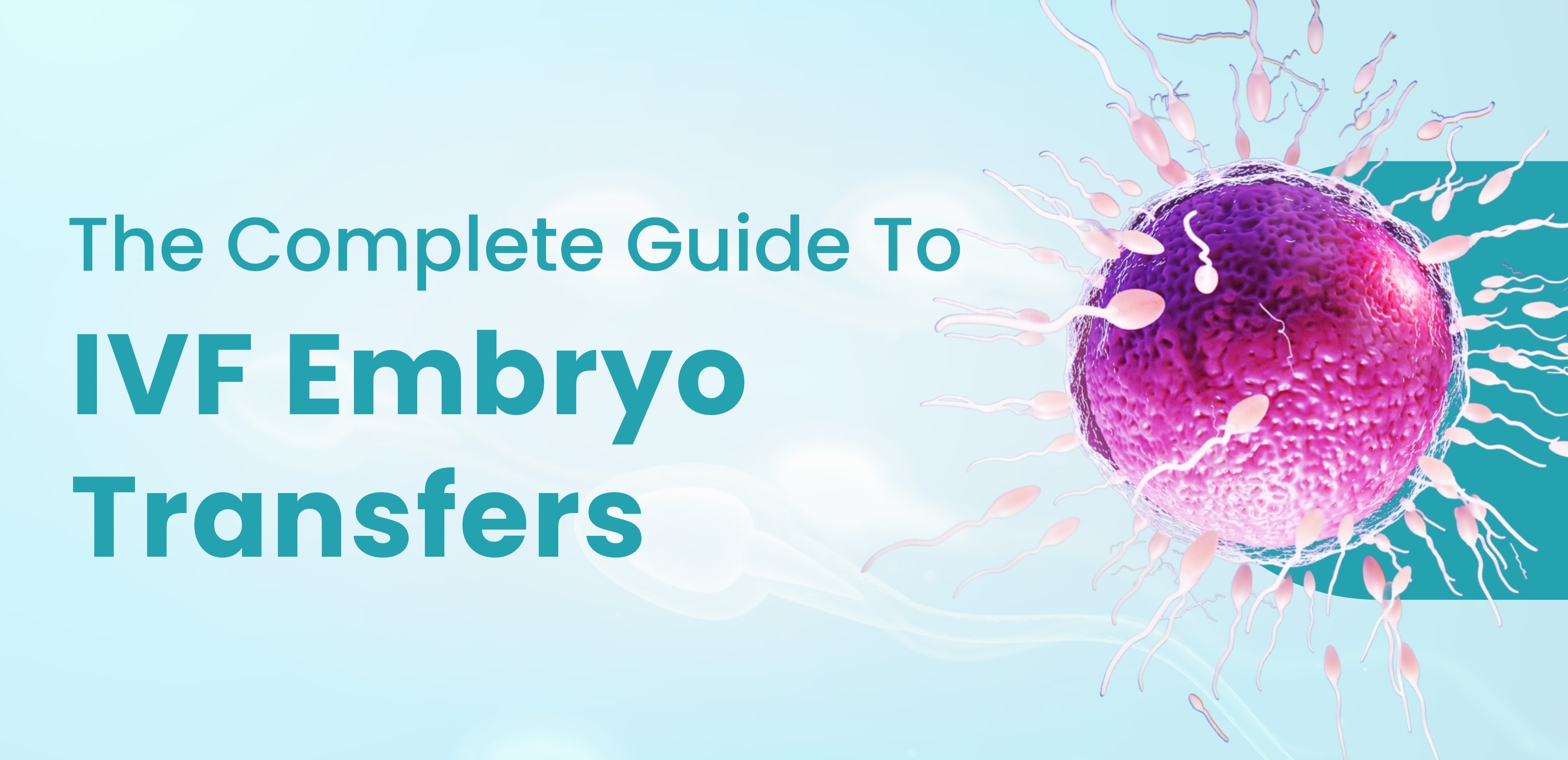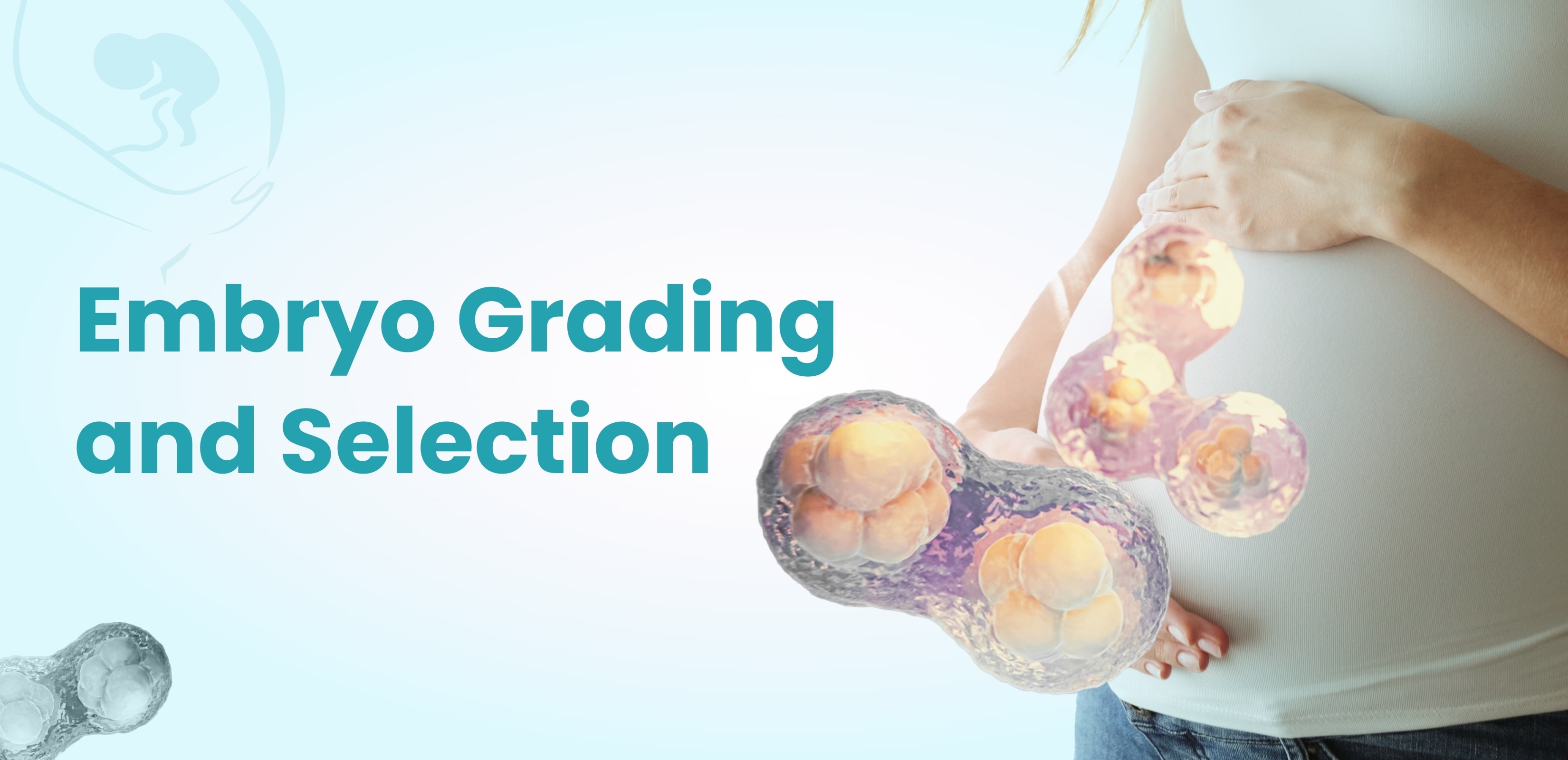
If your partner is having trouble getting pregnant, Assisted Reproductive Technology (ART) like In-Vitro Fertilisation (IVF) can help you have a baby. But when you start the IVF embryo transfer process, it can be confusing and emotional. One important step in IVF is the embryo transfer, which is done right before your pregnancy test.
This article is a complete guide to help you understand and go through the IVF embryo transfer process.
During the embryo transfer process, after the fertilized egg has developed for a few days, the next step is the embryo transfer. This is when the embryo is placed into the woman's uterus, with the hope that it will attach, grow, and lead to a healthy baby being born.
To perform the embryo transfer, a catheter is used to carry the IVF embryo. The catheter is inserted through the woman's vagina and cervix, and the embryo is inserted into the uterus. Most of the time, anesthesia is not needed, but sometimes a medication called valium may be used to help you relax during the procedure.
About 5–10% of women who can't have children have fibroids. Whether or not fibroids affect fertility depends on how big they are and where they are. Fibroids that are inside the uterine cavity (called "submucosal") or are very big (>6 cm in diameter) and inside the uterine wall are two examples (intramural).
Most women who have fibroids will still be able to have kids. Before treating fibroids, both the woman with fibroids and her partner should be carefully checked to see if there are any other problems with fertility. A fertility specialist can help figure out if fibroids are making it hard to get pregnant.
If you're getting ready for your first embryo transfer, don't worry. You'll be in the care of skilled and experienced professionals. The actual transfer takes place three to five days after fresh egg retrievals, or it may be longer if you're using frozen embryos.
To prepare for your embryo transfer, here are some important steps:

Embryo grading is a helpful tool used by embryologists and doctors during IVF treatment. Grading plays a crucial role in determining which embryos to transfer, the ideal day for transfer, and the number of embryos to use. It is commonly performed on Day 3 and Day 5 of the embryo's development.
However, it's essential to remember that grading is not the only factor considered in the decision-making process. The patient's age, fertility history, and other relevant information are taken into account as well when selecting the most suitable embryo for transfer.
It's important to note that grading is subjective and relies on individual judgement. It is primarily based on the appearance of the embryo. To assess an embryo's potential, all aspects of the embryo are considered, not just its grade.
During an embryo transfer, which happens in a special room at the fertility clinic, strict sterile conditions are maintained. The process is as follows:
After IVF embryo transfer process, it's important to follow these guidelines:
The IVF embryo transfer process is the final stage in the IVF procedure. The specific type of embryo transfer and the timeline may differ for each person, but you'll receive guidance from fertility experts such as doctors and embryologists. Their expertise will help you make decisions that are tailored to your situation, increasing the chances of a successful outcome.
Your email address will not be published. Required fields are marked *